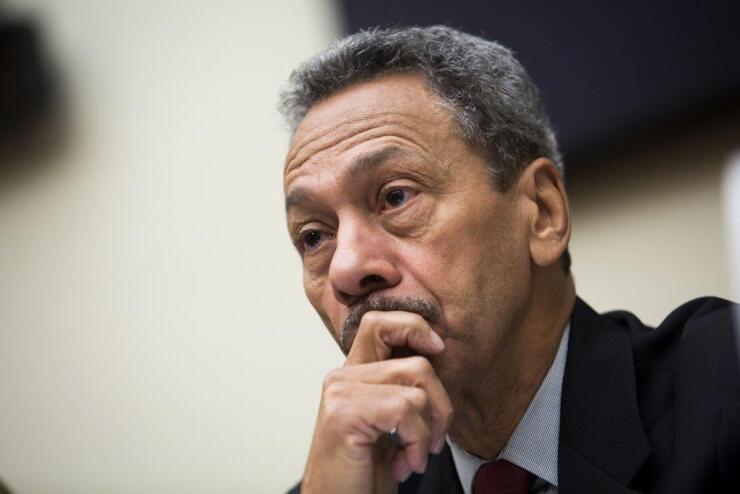Fannie Mae and Freddie Mac issued proposals Monday to create pilot programs for loans on mobile homes, part of an ambitious federal effort to find creative solutions for underserved and rural housing markets.
The plans would allow the government-sponsored enterprises for the first time in a decade to support manufactured home loans, also known as chattel loans because they are not backed by real estate. Roughly 70% of mobile homes are financed with chattel loans, but the market is illiquid, making it tough for many rural owners to obtain financing or to refinance.
Both Fannie and Freddie are planning to reach out to community and regional banks to develop ideas for reaching underserved markets in Appalachia and the lower Mississippi Delta as part of their programs.
"The industry has been very vocal about looking for ways to reintroduce the GSEs into the manufactured housing space," Mike Hernandez, a vice president of affordable housing at Fannie Mae, said in an interview.

The proposals, which are open for public comment until July 10, are part of a sweeping effort to serve three specific markets: manufactured housing, affordable housing preservation and rural housing.
“I strongly encourage stakeholders to submit feedback on Fannie Mae and Freddie Mac’s proposed duty to serve underserved markets plans,” Mel Watt, director of the Federal Housing Finance Agency, said in a press release. “FHFA will evaluate stakeholder input as part of our review process to ensure that the plans help the enterprises meet their statutory obligations in a safe and sound manner.”
The FHFA, which oversees Fannie and Freddie, issued
But expanding the secondary market for loans backing mobile homes is controversial. The Independent Community Bankers of America have argued that underwriting and securitizing loans on mobile homes is risky and that private mortgage insurers should be part of the solution.
Fannie's 239-page proposal calls for purchasing an additional 2,540 to 3,450 loans that would add an estimated $305 million to $425 million in liquidity to the manufactured housing market.
Fannie is seeking to reach roughly 25 lenders a year and is considering relaxing certain underwriting guidelines and issuing variances to select lenders. By the third year, Fannie would potentially be purchasing between 10,000 and 10,500 loans, which it acknowledged was "an ambitious outcome" given that higher interest rates could present challenges for loan volume.
"The real opportunity is for us to test and learn, look at some of these markets, and with new data and information we can approach things differently," Hernandez said. "A lot of times underserved means these markets have not been studied enough, and these are underserved markets for a reason, because this is a tough, tough, challenging business."
The GSE proposed three-year plans for serving each of the three market areas. The plans must receive a "nonobjection" from the FHFA, which will rate the annual performance of the plans.
Fannie also plans to engage five single-family and multifamily lenders to identify challenges and potential solutions to "creating a chattel secondary market." It plans to participate in two industry conferences, one manufactured housing home show and two regional conferences serving different geographic areas.
Freddie's 109-page plan also calls for a chattel loan pilot program with a focus on homebuyer education. Freddie expects to develop guidelines by year two of the pilot program.
Freddie also is focusing on supporting so-called resident-owned communities, which are created when investor-owned manufactured home communities are bought by their residents, which creates challenges for loan purchases.
On affordable housing, Fannie's proposal is focused on three areas: energy and water efficiency programs, shared equity programs and renovations of distressed properties. There were roughly 90,000 distressed properties nationwide at the end of 2016, with the majority in New York, New Jersey, Florida and Illinois, down from 467,000 distressed properties at the end of 2011.
Fannie also plans to conduct an analysis of the Section 8 to determine if it needs to change guidelines or increase loan purchases secured by properties with rental assistance.
Section 8 subsidies on 3,500 properties are set to expire in the next three years, and Fannie is looking to increase its volume of Section 8 loan purchases by 5% to 10% in each of the plan's last two years.
Fannie also plans to increase purchases of loans secured by low-income housing tax credit properties and to work with the USDA and others preserve Section 515 rural rental housing loans. It also will consider expanding its definition of multifamily affordable housing to support state and local efforts to preserve affordable housing for very low- and low-income families.





